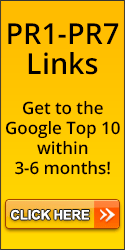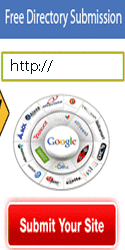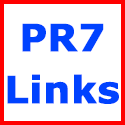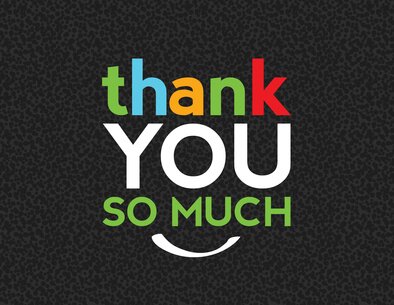A Few Tips about How to Get Traffic by Optimizing Your Website
 SEO is something that most have heard of, but few know what it is really about, and even fewer know how to properly implement it. SEO is defined by the specific techniques that optimize your website, making it more visible to search engines and helping it get targeted website traffic.
SEO is something that most have heard of, but few know what it is really about, and even fewer know how to properly implement it. SEO is defined by the specific techniques that optimize your website, making it more visible to search engines and helping it get targeted website traffic.
SEO is not a one-time event, it is a constant process that needs to be tweaked and reviewed throughout the lifetime of a website. A while back, submitting a website to a directory would have been enough to get web traffic. Due to search engine changes in algorithms and how they interpret the relevance and importance of a website, it is now critical to know how to optimize your site and appear at the top of a search results page.
Optimizing the Title Tag
The title tag is one of the most important things on your website, as it is the one that appears on a search result page. It also plays an important role in how a search engine web spider ranks a site. Relevant search keywords contained in the title tag that also effectively describe the content of the page add to the chances of receiving a high page ranking. The title tag should be attractive, contain relevant keywords according to the content of the page and your business domain, and appeal to users, so that they’d be willing to click on it when they see it come up in the results page, and effectively get hits for your website.
Optimizing Meta Tags
Optimizing meta tags on a webpage is also critical. Having accurate unique meta tags which describe pieces of information such as keywords, page details and other browser related data are very important to search engine spiders when determining what your site is about, and how to rank it. In the eyes of the user, a meta description is what shows up in the small box that appears under the headline in search results. Focus on getting it as attractive as possible, increasing the chances that the user will want to click through to your website.
Optimizing of Your Images and Other Objects
As search engine spiders can’t read images, you should make sure to optimize all your images with keywords, inserting a key phrase and description in the alt attribute. Also, having lots of images or flash and java objects might affect the speed of your website, which in turn will affect traffic and ranking. If your website has performance issues and loads slowly, you’ll have to figure out how to fix it if you want to ever appear in those first few results.
Don’t Forget about Your URL
Using search engine friendly URLs is another method of optimizing your site. Dynamic URLs are difficult to type, hard to remember, and not all search engines are able to index them. On the other hand, static URLs allow keywords in themselves, making them a great help in increasing search engine rankings. Search engine spiders can crawl through them more effectively, and by containing the title of the page in the URL they are easier to use and to remember. Removing all unnecessary words, phrases and links makes for a clean and clear URL.
Other Important Aspects to Consider
Search engine spiders work in a way that they rank a website according to the number of inbound links that they have. A site with no backlinks will be ranked much lower than one receiving links from many other websites. However, these links should come from websites which come from the same area of interest as the receiver.
Writing a semantic code and adding keywords to HTML elements or tags used for headings, titles and paragraphs can increase page ranking due to the fact that, although web spiders are unable to visually see a site the way we do, they can decipher its HTML code, and discern if its content is relevant to the user.
Having some sort of text on your homepage is important, but structuring it to have keywords that are linked to the appropriate internal pages is even more important. As said before, web engine spiders cannot visually see a webpage, but they can see keywords, contents and links, thanks to the HTML elements. Having the appropriate keywords and links makes your website more likely to rank better than other websites which have flash or java objects on their homepage.
By building a sitemap, you help search engines index your content, so that they can quickly find all the pages on the website and show them on the results page when someone typing a keyword that you have implemented on your pages. Users shouldn’t struggle to find what they’re looking for by clicking on endless links. All important pages should be kept at a maximum of 3 clicks away from the homepage. Most people won’t have the time and patience to click throughout your site in order to find a product that you’ve buried deeply inside its content. Keep important details visible if you want to get traffic to convert.
Bottom Line
The key to SEO is to invest in activities that will help you build a search engine friendly interface that will get traffic to your website. It requires a lot of patience and hard work, but in the end, you’ll be able to reap the benefits of a sound SEO strategy.












